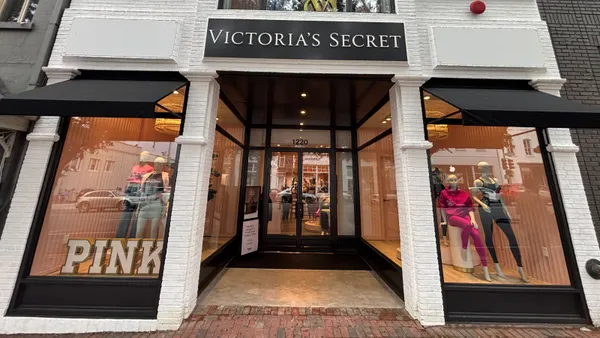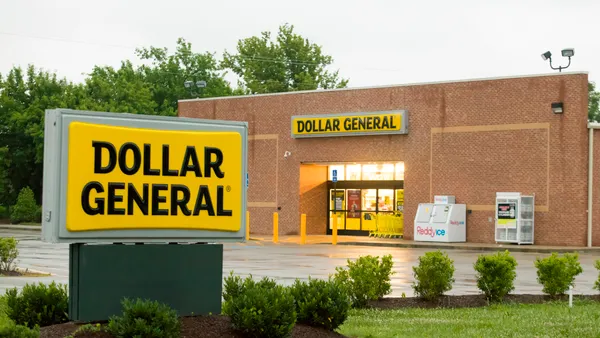Dive Brief:
-
Rite Aid late last week announced that Walgreens veteran Kermit Crawford will serve as president and chief operating officer of Rite Aid, effective Thursday. Crawford will report to Rite Aid Chairman and CEO John Standley, according to a company press release.
-
Crawford spent 30 years at Walgreens and most recently served as executive vice president and president of pharmacy health and wellness before retiring in 2014. Since then, Crawford has worked as a retail and healthcare adviser and consultant for private equity firm Sycamore Partners, whose portfolio includes office supplies retailer Staples.
-
Last month, Walgreens garnered approval from the Federal Trade Commission to buy 1,932 Rite Aid stores, three distribution centers and related inventory for roughly $4.4 billion in cash — a far cry from the merger the rivals had envisioned.
Dive Insight:
Although the Rite Aid acquisition announced last month is a retreat from the retailers’ original plans, the transition will nevertheless require significant operational management for both retailers. Once the designated Rite Aid stores are acquired by Walgreens, they will be converted to the Walgreens brand in phases, Walgreens said last month. Those are located primarily in the Northeast and Southern U.S., and the three distribution centers are in Dayville, CT, Philadelphia, PA and Spartanburg, SC. The shift of the distribution centers to Walgreens won't begin for at least 12 months.
In his statement, Standley noted that Crawford’s skills will help Rite Aid with that challenge. "This is an especially important time for Rite Aid as we move forward as a stand-alone company within the retail chain drug and healthcare industries, and I am extremely pleased to have such an innovative and well-respected senior executive joining our Rite Aid leadership team as we move forward to successfully drive our business," he said.
The agreement, originally proposed in June, includes an option for Rite Aid to become a member of Walgreens Boots Alliance’s group purchasing organization. Walgreens Boots Alliance will also assume certain limited store-related liabilities as part of the new transaction, which has been approved by the boards of directors of Rite Aid and Walgreens Boots Alliance and remains subject to other customary closing conditions. The deal doesn’t require shareholder approval, according to Rite Aid’s announcement.
The drugstore retailers had worked diligently to achieve a much more ambitious tie-up. Walgreens Boots CEO Stefano Pessina over the months had been adamant about making a merger happen, and the companies continued to sweeten the pot to move things along. Speaking to analysts in January, Pessina said the company had "no plan B" if the merger were to be scuttled. Later that month, at Walgreens' shareholders meeting, he said the organization was "actively engaged in dialogue with the FTC" and declared, "We’ll do anything we can to support their work."
But in June, the company more or less threw in the towel, agreeing instead to buy far fewer Rite Aid stores than Pessina had first envisioned. The acquisition had faced intense scrutiny by antitrust officials, and by summer it was clear that one solution — a spinoff of Rite Aid stores to Fred’s — wouldn't pass muster. In fact, that deal with Fred’s came as a surprise to some analysts because it wasn’t clear how the smaller pharmacy chain would raise the funds. Rival CVS Health, which was set to be dethroned as the nation’s largest drugstore retailer if the merger proceeded, had reportedly warned the FTC that the Safeway deal actually served as a cautionary tale. Without the viability of that deal, there wasn't likely enough competition in the drugstore space to ease the FTC's concerns.














